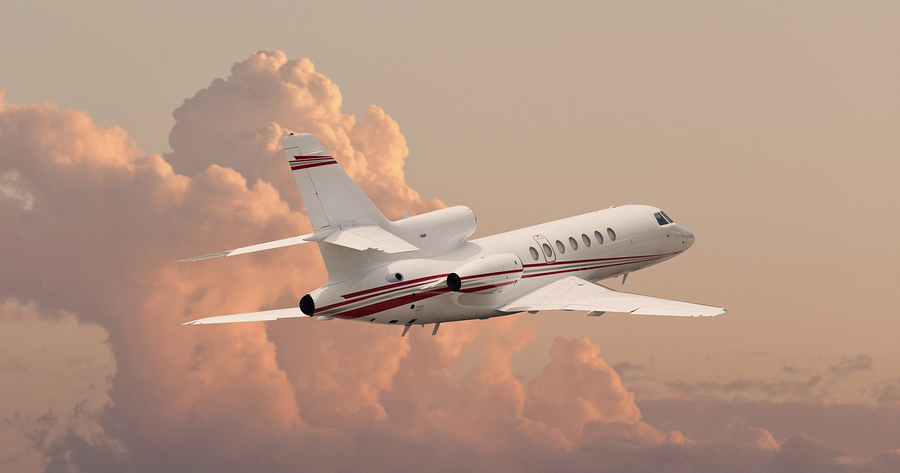
Much like the shift to SUVs in the automotive industry, super-midsized jets are quickly rising to prominence within private aviation. These jets are sleeker, more efficient, and more luxurious than other models, offering the perfect mix of style and practicality for business and pleasure. And, since manufacturers have taken note, it’s a trend that looks to continue with the arrival of several enticing new super-midsized jets in 2019 and beyond.
The trend of super-midsized cabins
Thanks to the immense popularity of jets like the Bombardier Challenger 300, Cessna Citation X, and Falcon 2000S from Dassault, super-midsized cabins are in demand. In a recent 10-year forward-looking forecast for business aviation, industry experts believe this demand will gain steam. They’re looking at how manufacturers are already approaching their next big releases.
Companies such as Embraer have announced new super-midsized models (Praetor 500 and 600) to capitalize on their bestselling Legacy 450 and 500 super-midsized jets. Textron Aviation is also following suit with new options on their super-midsized 325 Citation Longitude business jet. More super-midsized announcements are expected to follow.
The trend is a mixed bag, according to forecasters. While many jet owners want the efficiency of a super-midsized jet, others cite larger cabins as a primary demand. The data also supports this. According to the forecast, as many as 32% of total units delivered over the next decade could fit the mold of larger jets.

Why such demand?
Super-midsized jets are the best of all worlds. They offer better fuel economy and faster charter times than large jets, with more amenities and spaciousness than small jets. They offer sublime luxury, alongside practical amenities. With transcontinental capabilities, few domestic destinations are too far for a super-midsized jet.
- The average occupancy of a super-midsized jet is nine people, comfortably.
- Flight times of up to nearly eight hours are capable, though usually much less.
- The average super-midsized jet has roughly 112 square feet of baggage space.
- Entertainment systems and Wi-Fi are standard on most models.
While all these benefits are key drivers for the super-midsized class, they’re not the only reason for a surge in popularity. As flight sharing and private charters climb into the spotlight, super-midsized jets are the most economical choice for domestic charters. This fact is one of the core reasons for a boon in upcoming super-midsized models.
The future is super-midsized
 The focus on super-midsized jets stretches back to 2015, with the successful launch of the Cessna Latitude and Embraer Legacy 450. Since then and looking into the future, super-midsized jets are the clear market leaders:
The focus on super-midsized jets stretches back to 2015, with the successful launch of the Cessna Latitude and Embraer Legacy 450. Since then and looking into the future, super-midsized jets are the clear market leaders:
- Cessna Citation Hemisphere (on hold, expected 2019)
- Bombardier Global 5500 and 6500 (expected 2019)
- Bombardier Global 8000 (expected 2019)
- Gulfstream G500 and G600 (expected 2019)
- Embraer Praetor 500 and 600 (expected 2019-2020)
- Dassault Falcon 6X (expected 2022)
The shift to super-midsized and larger is imminent within the private aviation industry, as evidenced by the lineup over the next year and beyond. This isn’t to say that light and heavy jet classes will disappear. The focus will simply remain on the in-between: super-midsized jets that offer fliers a little bit of both worlds.